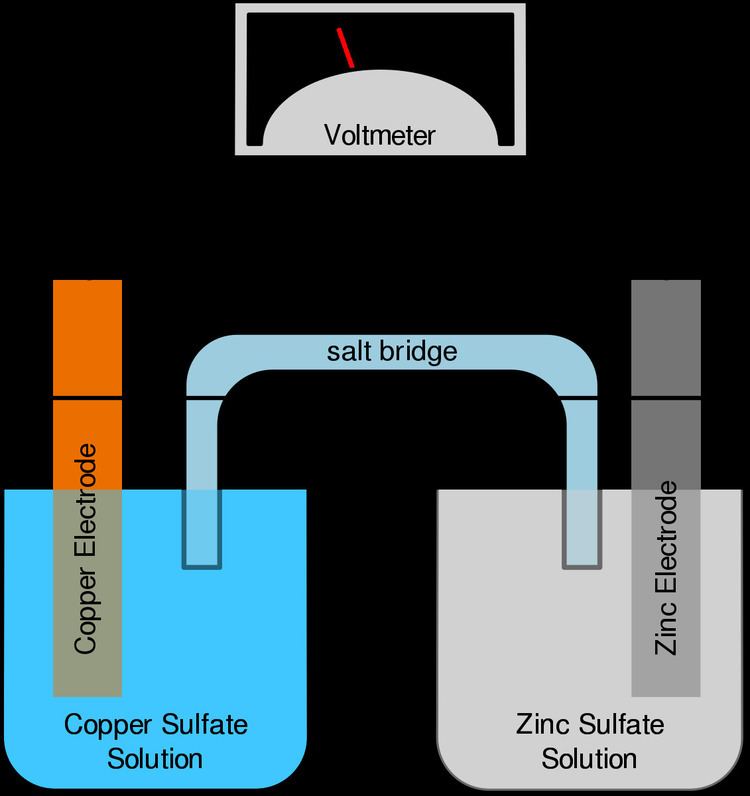Energy density 350 W·h/L Cycle durability disputed | Charge/discharge efficiency C/5 nominal | |
 | ||
Specific energy 500 W·h/kg demonstrated Nominal cell voltage cell voltage varies nonlinearly in the range 2.5–1.7 V during discharge; batteries often packaged for 3 V | ||
The lithium–sulfur battery (Li–S battery) is a type of rechargeable battery, notable for its high specific energy. The low atomic weight of lithium and moderate weight of sulfur means that Li–S batteries are relatively light (about the density of water). They were used on the longest and highest-altitude solar-powered aeroplane flight in August 2008.
Contents
Lithium–sulfur batteries may succeed lithium-ion cells because of their higher energy density and reduced cost from the use of sulfur. Currently the best Li–S batteries offer specific energies on the order of 500 W·h/kg, significantly better than most lithium-ion batteries which are in the 150 to 200 range. Li–S batteries with up to 1,500 charge and discharge cycles have been demonstrated. As of early 2014, none were commercially available.
Chemistry
Chemical processes in the Li–S cell include lithium dissolution from the anode surface (and incorporation into alkali metal polysulfide salts) during discharge, and reverse lithium plating to the anode while charging. This contrasts with conventional lithium-ion cells, where the lithium ions are intercalated in the anode and cathodes. Each sulfur atom can host two lithium ions. Typically, lithium-ion batteries accommodate only 0.5–0.7 lithium ions per host atom. Consequently, Li-S allows for a much higher lithium storage density. Polysulfides are reduced on the cathode surface in sequence while the cell is discharging:
S8 → Li
2S
8 → Li
2S
6 → Li
2S
4 → Li
2S
3
Across a porous diffusion separator, sulfur polymers form at the cathode as the cell charges:
Li2S → Li
2S
2 → Li
2S
3 → Li
2S
4 → Li
2S
6 → Li
2S
8 → S
8
These reactions are analogous to those in the sodium–sulfur battery.
Most use a carbon/sulfur cathode and a lithium anode. Sulfur is very cheap, but has practically no electroconductivity, 5×10−30 S cm−1 at 25 °C. A carbon coating provides the missing electroconductivity. Carbon nanofibers provide an effective electron conduction path and structural integrity, at the disadvantage of higher cost.
One problem with the lithium–sulfur design is that when the sulfur in the cathode absorbs lithium, volume expansion of the LixS compositions happens, and predicted volume expansion of Li2S is nearly 80% of the volume of the original sulfur. This causes large mechanical stresses on the cathode, which is a major cause of rapid degradation. This process reduces the contact between the carbon and the sulfur, and prevents the flow of lithium ions to the carbon surface.
Mechanical properties of the lithiated sulfur compounds are strongly contingent on the lithium content, and with increasing lithium content, the strength of lithiated sulfur compounds improves, although this increment is not linear with lithiation.
One of the primary shortfalls of most Li–S cells is unwanted reactions with the electrolytes. While S and Li
2S are relatively insoluble in most electrolytes, many intermediate polysulfides are not. Dissolving Li
2S
n into electrolytes causes irreversible loss of active sulfur. Use of highly reactive lithium as a negative electrode causes dissociation of most of the commonly used other type electrolytes. Use of a protective layer in the anode surface has been studied to improve cell safety, i.e., using Teflon coating showed improvement in the electrolyte stability, LIPON, Li3N also exhibited promising performance.
Safety
Because of the high potential energy density and the nonlinear discharge and charging response of the cell, a microcontroller and other safety circuitry is sometimes used along with voltage regulators to manage cell operation and prevent rapid discharge.
Commercialization
As of 2015 few companies had been able to commercialize the technology on an industrial scale. Companies such as Sion Power have partnered with Airbus Defence and Space to test their lithium sulfur battery technology. Airbus Defense and Space successfully launched their prototype High Altitude Pseudo-Satellite (HAPS) aircraft powered by solar energy during the day and by lithium sulfur batteries at night in real life conditions during an 11-day flight. The batteries used in the test flight utilized Sion Power's Li-S cells that provide 350 Wh/kg. Sion claims to be in the process of volume manufacturing with availability by end of 2017.
British firm OXIS Energy developed prototype lithium sulfur batteries that are currently operating in small scale, commercial, test applications. As of June 2015, OXIS Energy planned to sell its energy storage batteries from 2016. Together with Imperial College London and Cranfield University, OXIS Energy published equivalent-circuit-network models for its cells. With Lithium Balance of Denmark they built a prototype scooter battery system primarily for the Chinese market. The prototype battery has a capacity of 1.2kWh using 10Ah OXIS Long Life cells, weighs 60% less than lead acid batteries with a significant increase in range.
Sony, which also commercialized the first lithium-ion battery, plans to introduce lithium–sulfur batteries to the market in 2020.
